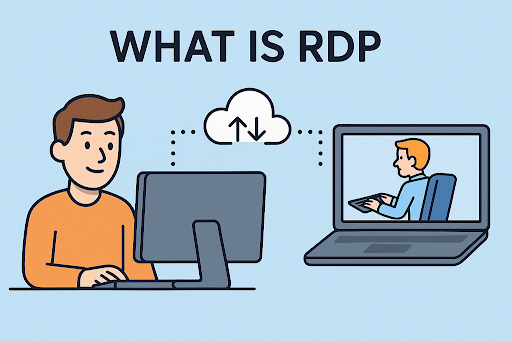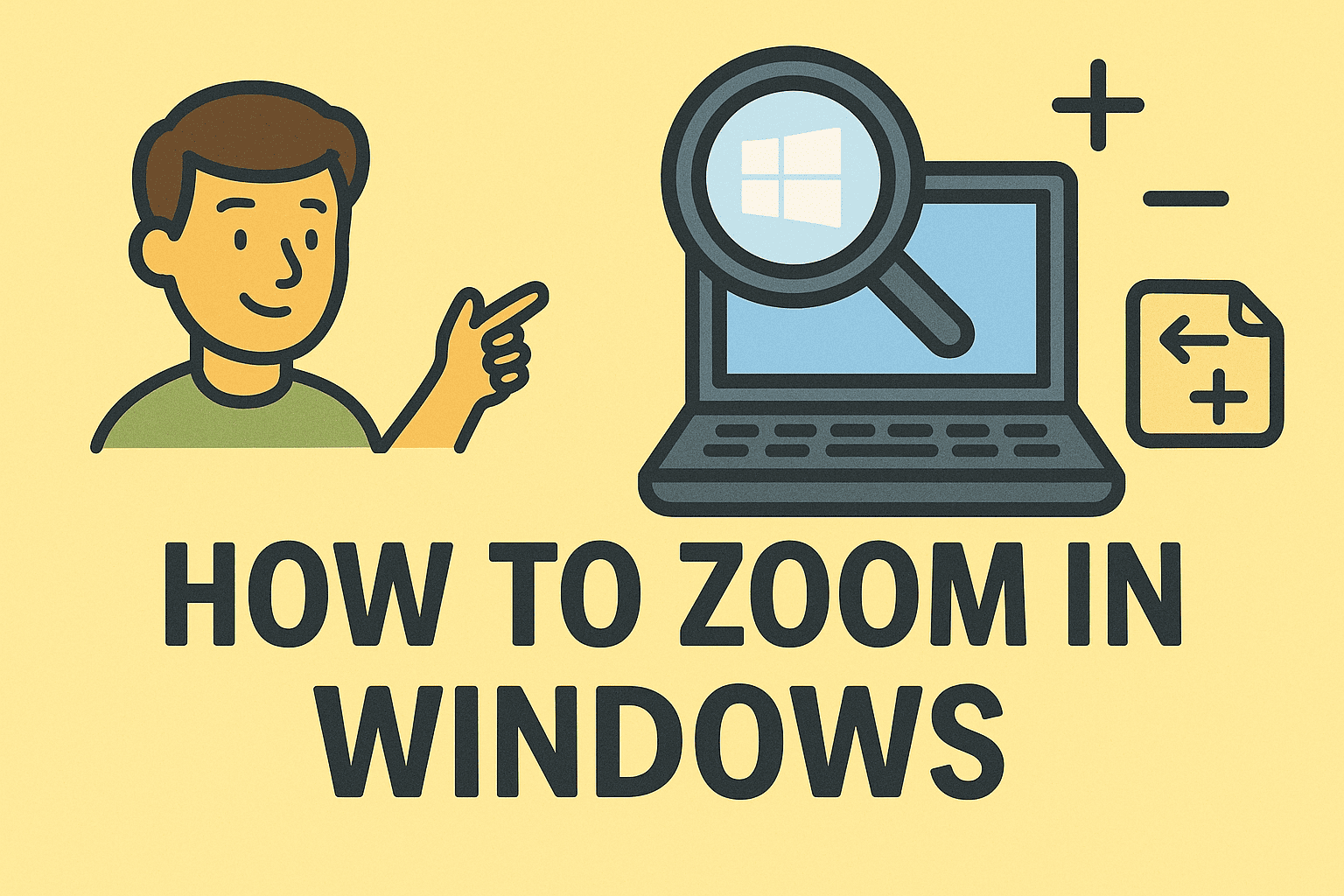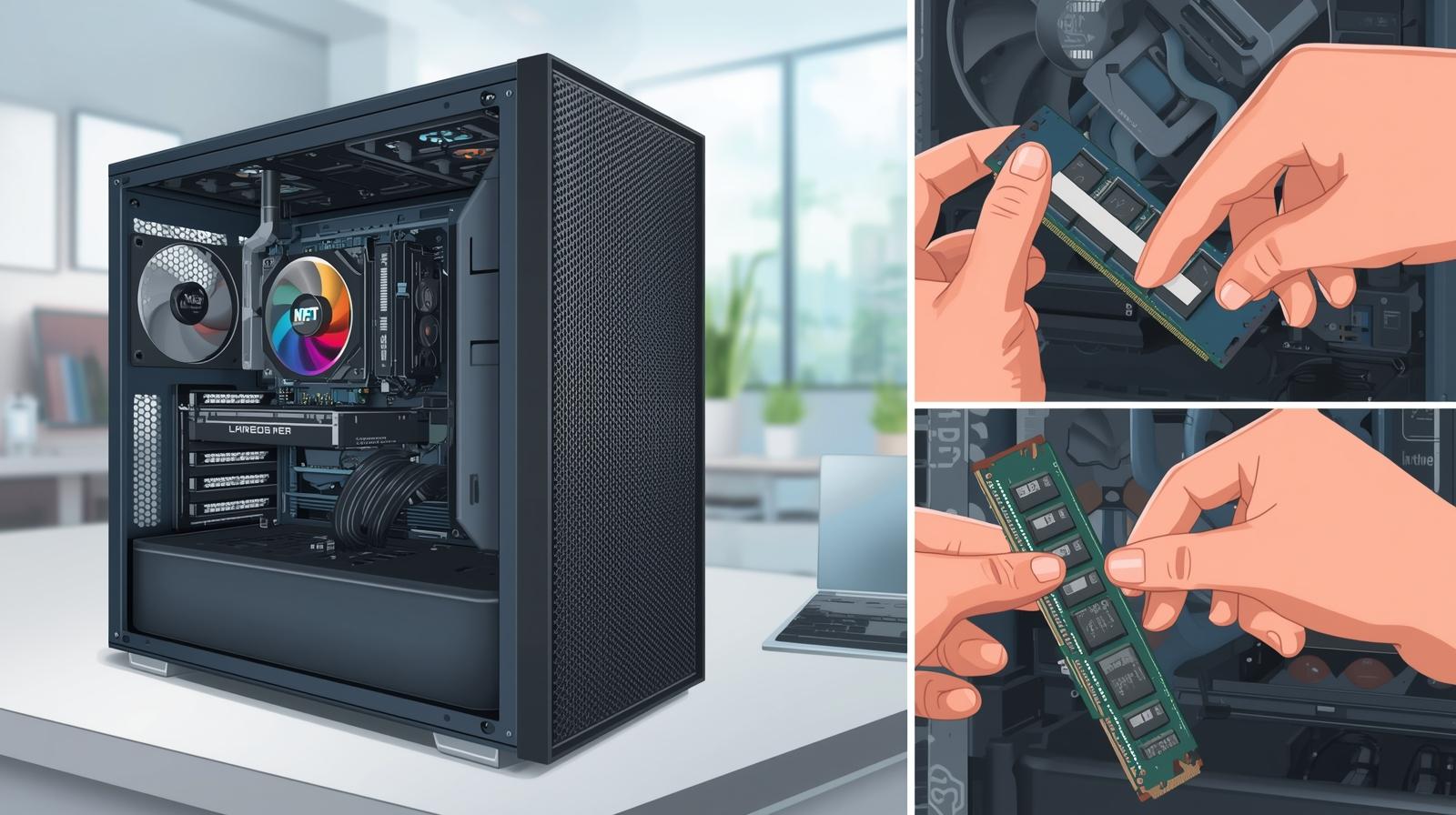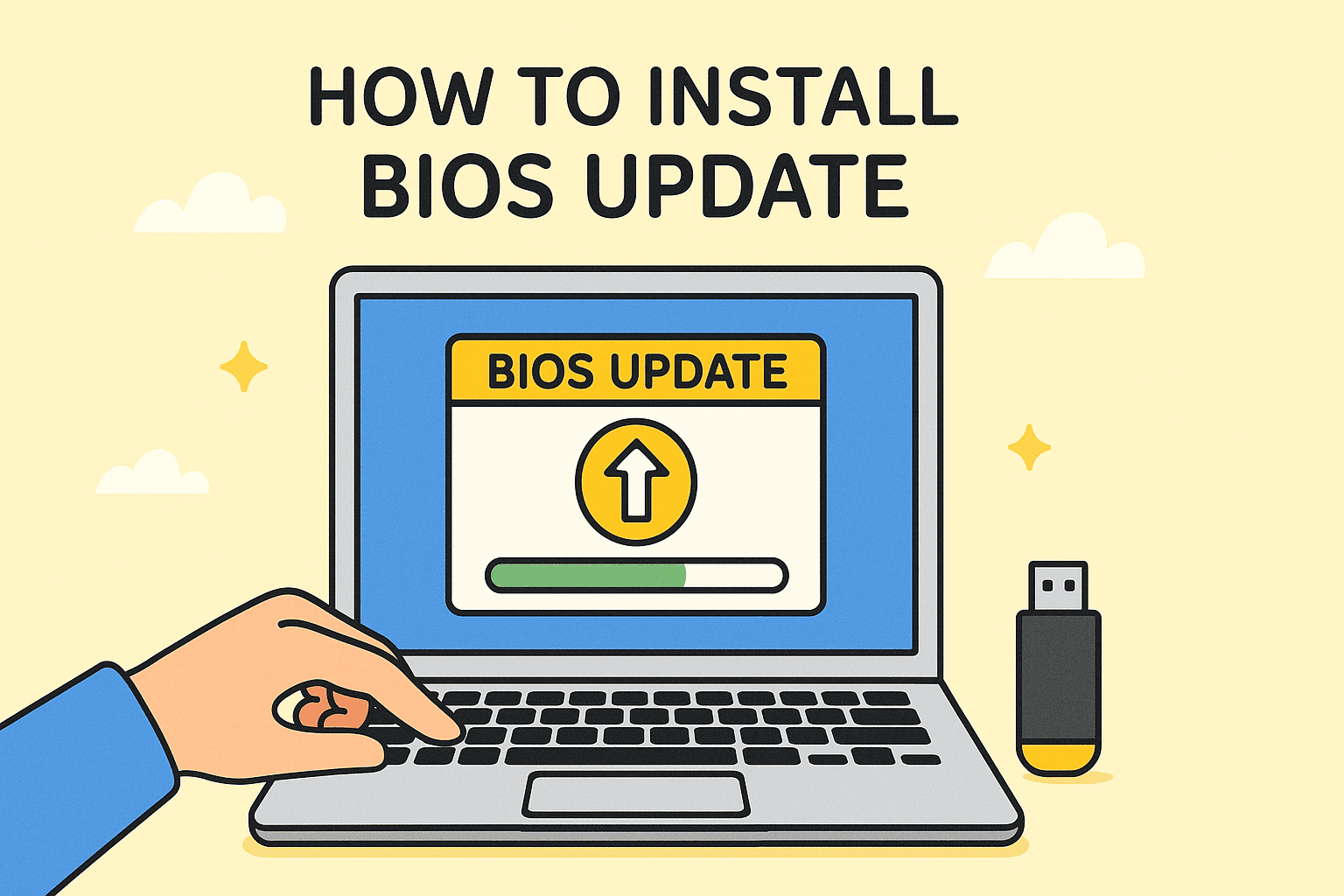How to Find Out Motherboard Model
Updated on October 24, 2025, by ITarian
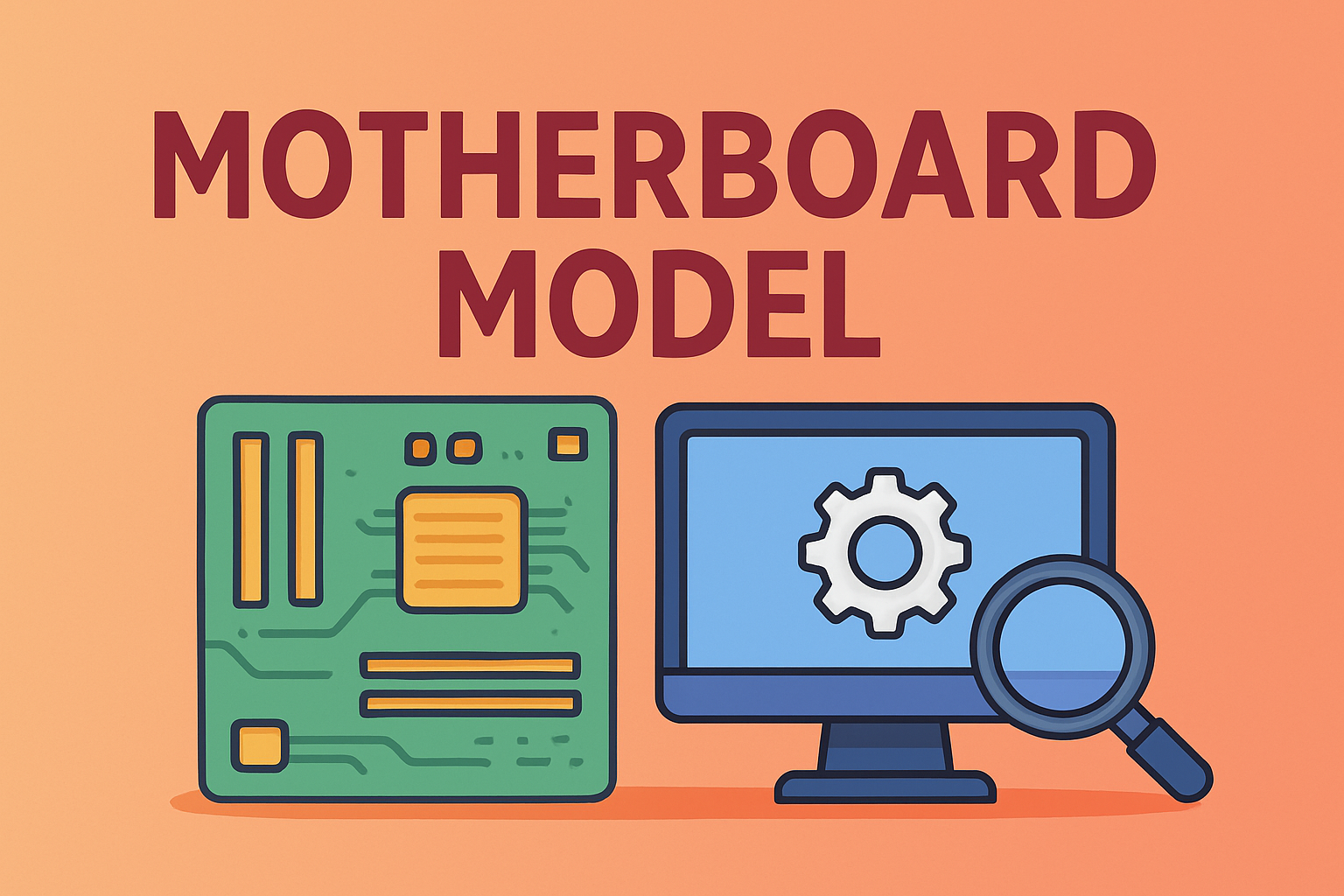
Ever wondered what kind of motherboard your computer uses? Whether you’re upgrading RAM, checking compatibility for a new CPU, or troubleshooting system issues, knowing how to find out motherboard model is essential.
For IT managers, cybersecurity experts, or tech-savvy users, identifying the motherboard model provides insight into your system’s hardware capabilities and limitations. In this comprehensive guide, we’ll cover multiple methods to locate your motherboard information quickly — no need to open your PC case.
Why It’s Important to Know Your Motherboard Model
The motherboard (or mainboard) is the central circuit board that connects all components — CPU, RAM, GPU, and storage. Knowing your motherboard model helps you:
-
Upgrade components safely: Ensure compatibility with RAM, CPUs, or GPUs.
-
Install correct drivers: Download BIOS or chipset updates from the manufacturer.
-
Troubleshoot effectively: Identify hardware issues or power management problems.
-
Strengthen security: Keep firmware updated to patch vulnerabilities.
-
Plan IT infrastructure: Standardize configurations across multiple systems.
For businesses and cybersecurity teams, maintaining awareness of system components supports both operational efficiency and endpoint security.
How to Find Out Motherboard Model in Windows
Windows provides multiple ways to check your motherboard model — from built-in utilities to simple command-line tools.
Method 1: Use Command Prompt
The Command Prompt is the fastest and most reliable way to identify your motherboard details.
Steps:
-
Press Windows + R, type
cmd, and hit Enter. -
In the Command Prompt window, type the following command:
-
Press Enter.
Output Example:
You’ll now see the motherboard manufacturer, model name, version, and serial number.
Why This Method Works:
The WMIC (Windows Management Instrumentation Command-line) tool extracts information directly from your system’s BIOS, ensuring accuracy.
Method 2: Use System Information
If you prefer a graphical approach, the System Information tool displays detailed system hardware info.
Steps:
-
Press Windows + R, type
msinfo32, and hit Enter. -
In the window that opens, find the BaseBoard Manufacturer, BaseBoard Product, and BaseBoard Version fields.
This data gives you the same motherboard information available via Command Prompt but in a user-friendly interface.
Method 3: Check via PowerShell
PowerShell provides similar functionality but with enhanced control for automation and remote diagnostics.
Steps:
-
Open PowerShell as an Administrator.
-
Type:
-
Press Enter to view detailed motherboard data.
Why Use PowerShell:
IT administrators and cybersecurity teams can use PowerShell scripts to collect hardware data from multiple devices across a network — ideal for large-scale inventory management.
Method 4: Check Using Third-Party Software
If you want a detailed report on all components, including your motherboard, use hardware diagnostic tools.
Top Recommended Tools:
-
CPU-Z: Displays motherboard model, chipset, and BIOS version.
-
Speccy: Shows a complete overview of your PC’s hardware.
-
HWiNFO: Provides deep analytics on system performance and hardware sensors.
Steps (Example – CPU-Z):
-
Download and install CPU-Z from the official website.
-
Open the program.
-
Navigate to the Mainboard tab to view:
-
Manufacturer
-
Model
-
Chipset
-
BIOS version
-
Serial number
-
These details are invaluable when verifying hardware compatibility or preparing for upgrades.
Method 5: Physically Inspect the Motherboard
If your system won’t boot or software-based methods fail, you can identify the motherboard manually.
Steps:
-
Turn off your computer and unplug it.
-
Open the case carefully.
-
Locate the motherboard model number — it’s usually printed near the CPU socket, RAM slots, or PCIe slots.
-
Record the model (e.g., “ASUS ROG STRIX B550-F”) and revision number.
Tip:
Look for clear alphanumeric text such as “MSI B450M PRO-VDH MAX” or “Gigabyte X570 AORUS ELITE.”
How to Find Out Motherboard Model on Mac
While Macs use proprietary hardware, you can still find similar system board information.
Steps:
-
Click the Apple icon in the top-left corner.
-
Choose About This Mac.
-
Click System Report → Hardware Overview.
-
You’ll find details like Model Identifier and Board ID.
Though Apple doesn’t expose “motherboard models” as clearly as PC manufacturers, this data helps when seeking hardware support or part replacements.
How to Find Out Motherboard Model on Linux
Linux users can access system board details directly from the terminal.
Command:
Output Example:
This command works across distributions like Ubuntu, Fedora, and Debian.
Why Knowing Your Motherboard Model Matters for Cybersecurity
In IT and cybersecurity, hardware awareness goes beyond upgrades — it’s about defense and control.
1. Firmware Vulnerability Management
Outdated BIOS or chipset firmware can expose systems to attacks. Knowing your motherboard model lets you find and apply critical security updates.
2. Device Authentication
Accurate hardware identification strengthens device authentication in endpoint security systems.
3. Incident Response and Asset Tracking
During a security breach, identifying affected devices by motherboard type helps isolate vulnerabilities faster.
4. Hardware Lifecycle Management
Organizations can automate lifecycle tracking to ensure consistent patching and configuration.
For businesses managing multiple endpoints, integrating motherboard identification into asset management tools ensures every system is accounted for.
Troubleshooting: When Motherboard Information Isn’t Detected
Sometimes, system tools may fail to display motherboard details correctly.
Possible Causes:
-
Corrupt BIOS data.
-
Outdated chipset drivers.
-
Incomplete Windows installation.
-
Virtual environments that mask hardware info.
Fixes:
-
Update your BIOS and chipset drivers.
-
Use third-party tools like HWiNFO for deeper diagnostics.
-
Reinstall system information utilities if corrupted.
Best Practices for IT and System Administrators
-
Standardize Documentation: Keep a record of motherboard models across all systems for easy maintenance.
-
Automate Audits: Use PowerShell or network management scripts to extract motherboard data periodically.
-
Verify Firmware Integrity: Regularly check for BIOS/UEFI updates from official manufacturer sources.
-
Secure Hardware Access: Limit administrative privileges to prevent unauthorized firmware modifications.
-
Plan Upgrades Strategically: Match hardware components to motherboard specifications before deploying changes.
Frequently Asked Questions
Q1: How can I find my motherboard model without opening my PC?
Use Command Prompt (wmic baseboard get product, manufacturer, version) or System Information (msinfo32).
Q2: Can I find my motherboard model using BIOS?
Yes. When your PC boots, press F2, DEL, or ESC to access BIOS. The model is usually displayed on the main screen.
Q3: Does updating BIOS require knowing the motherboard model?
Absolutely. You must download the correct BIOS update for your specific motherboard model to avoid damaging your system.
Q4: Are third-party tools safe to use?
Yes, as long as they’re from trusted sources like CPU-Z or Speccy. Avoid unknown websites offering driver tools.
Q5: Can I check motherboard model remotely?
Yes. Use PowerShell scripts or endpoint management platforms like Itarian to gather system details across networks.
Key Takeaways
-
Knowing how to find out motherboard model is crucial for upgrades, troubleshooting, and security maintenance.
-
Use tools like Command Prompt, PowerShell, or System Information for quick results.
-
Always document hardware configurations for future reference.
-
Stay secure by applying firmware updates tied to your motherboard model.
Final Thoughts
Understanding your hardware helps you maintain better control over performance, stability, and cybersecurity. Whether you manage a single workstation or hundreds of endpoints, knowing your motherboard model ensures smoother upgrades and proactive system maintenance.
Ready to take your device management to the next level?
Sign up with Itarian to automate system monitoring, manage hardware configurations, and strengthen endpoint protection across your entire organization.






